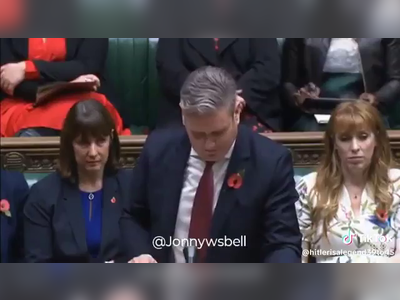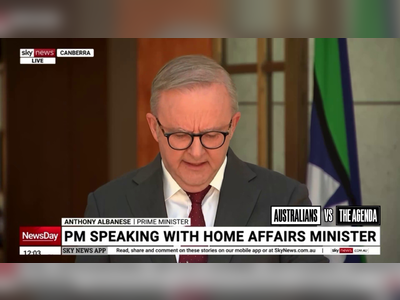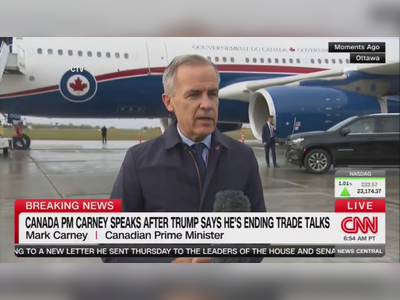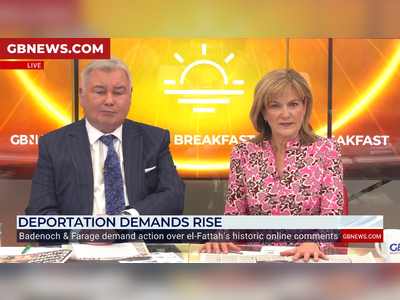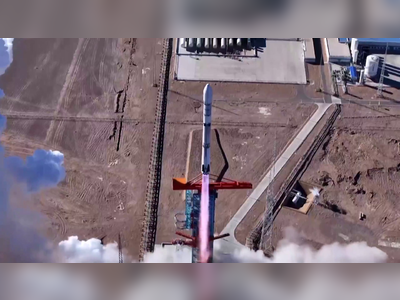
WHO to Reduce Spending and Focus on Key Health Initiatives Following U.S. Withdrawal Announcement
In light of the U.S. announcing its intended departure in 2026, the World Health Organization is preparing to implement cost-saving strategies and prioritize its programs.
The World Health Organization (WHO) plans to implement cost-cutting measures and reevaluate its priorities in response to the United States' decision to withdraw from the agency.
This decision was announced by U.S. President Donald Trump on January 23, 2023, after he accused the WHO of failing to properly manage the COVID-19 pandemic and other international health crises.
WHO Director-General Tedros Adhanom Ghebreyesus informed staff about the situation in an internal memo, emphasizing the financial repercussions of the U.S. withdrawal on the organization.
The U.S. is the largest financial supporter of the WHO, contributing roughly 18% of its funding. The withdrawal is set to take effect in January 2026, following a one-year notice period mandated by a 1948 U.S. congressional resolution.
Currently, the U.S. owes approximately $130 million in membership fees that were due in January 2024, and it has yet to pay the 2025 assessment. There are also concerns that voluntary contributions designated for specific programs may cease. To alleviate financial pressure, the WHO intends to curtail travel expenses, halt non-essential hiring, and introduce other cost-saving strategies, such as defaulting to virtual meetings, restricting IT equipment replacements, and suspending office refurbishments unless they are safety-related or pre-approved. Despite these financial challenges, the WHO has been working on reforming its funding structure, with member states increasing their contributions and engaging in an investment round launched in 2023. However, the organization admits that additional funding will be necessary, and further cost-cutting measures may be required.
The WHO remains dedicated to supporting its staff during this financial adjustment period.
This decision was announced by U.S. President Donald Trump on January 23, 2023, after he accused the WHO of failing to properly manage the COVID-19 pandemic and other international health crises.
WHO Director-General Tedros Adhanom Ghebreyesus informed staff about the situation in an internal memo, emphasizing the financial repercussions of the U.S. withdrawal on the organization.
The U.S. is the largest financial supporter of the WHO, contributing roughly 18% of its funding. The withdrawal is set to take effect in January 2026, following a one-year notice period mandated by a 1948 U.S. congressional resolution.
Currently, the U.S. owes approximately $130 million in membership fees that were due in January 2024, and it has yet to pay the 2025 assessment. There are also concerns that voluntary contributions designated for specific programs may cease. To alleviate financial pressure, the WHO intends to curtail travel expenses, halt non-essential hiring, and introduce other cost-saving strategies, such as defaulting to virtual meetings, restricting IT equipment replacements, and suspending office refurbishments unless they are safety-related or pre-approved. Despite these financial challenges, the WHO has been working on reforming its funding structure, with member states increasing their contributions and engaging in an investment round launched in 2023. However, the organization admits that additional funding will be necessary, and further cost-cutting measures may be required.
The WHO remains dedicated to supporting its staff during this financial adjustment period.

